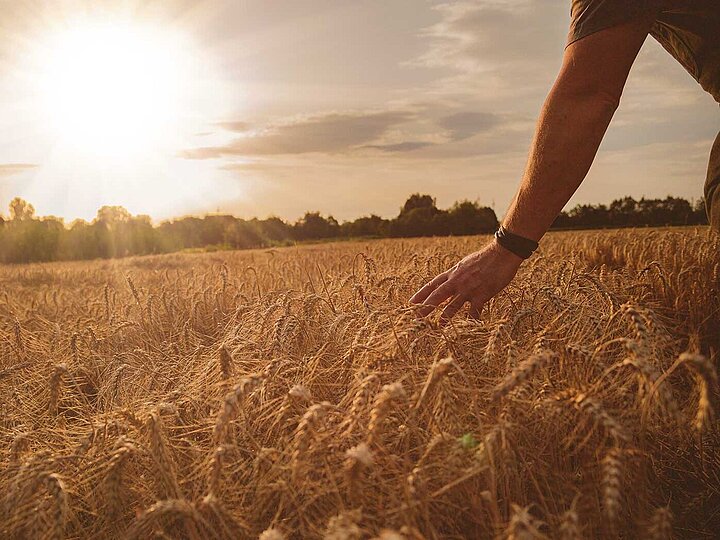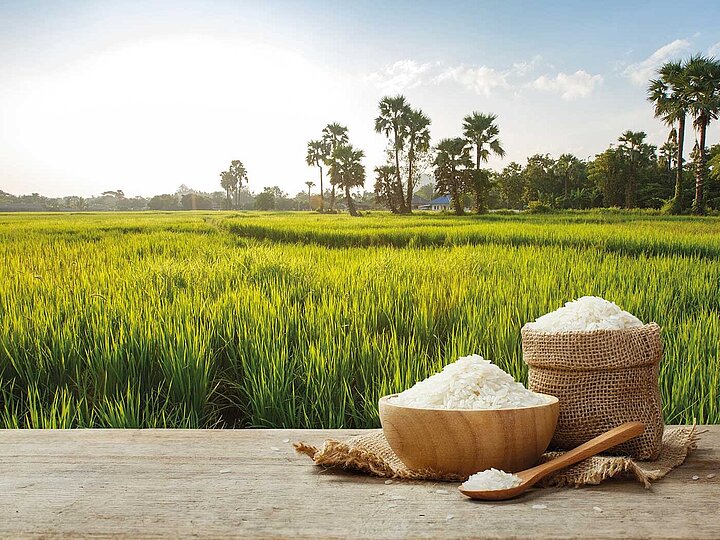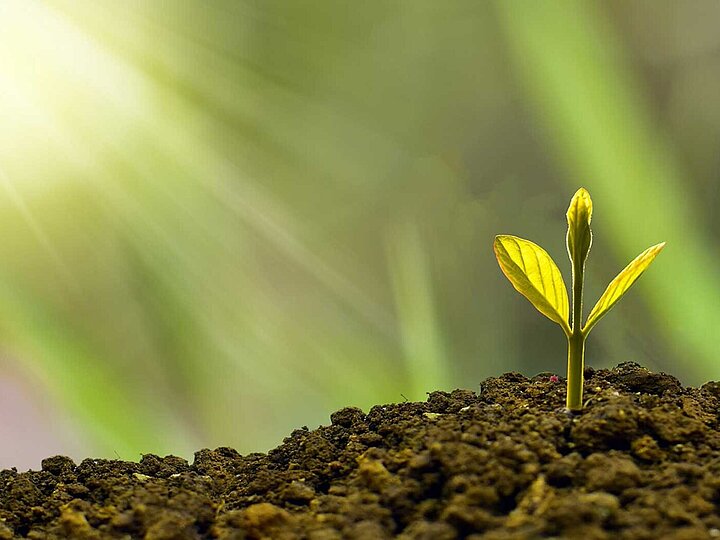Understanding how soil works
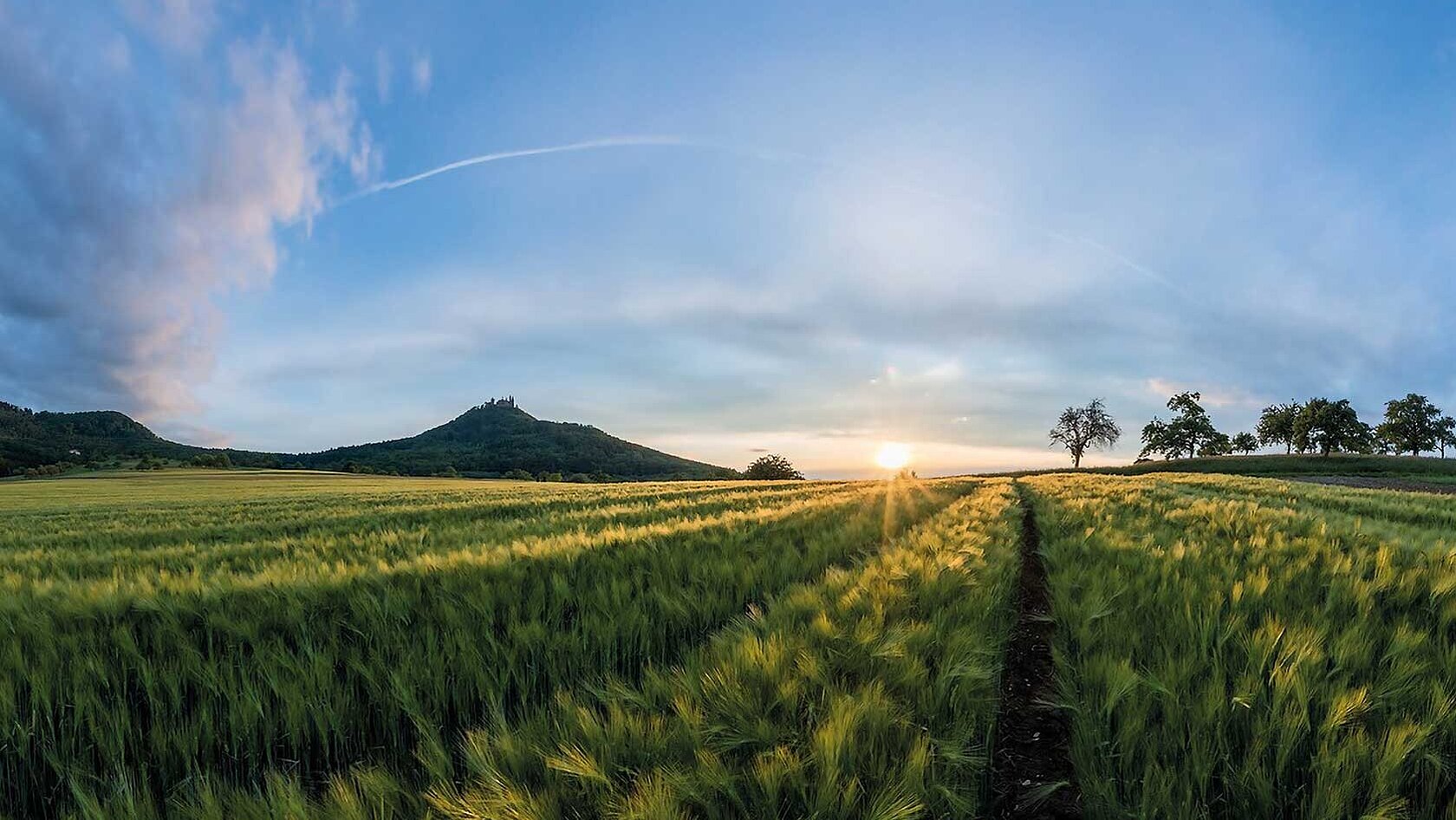
Grains are a staple food for many people. Global demand is rising steadily, while more and more arable land is lost. This is why researchers have spent many years investigating the factors that might increase yields per hectare. Soil analysis plays an important role in this research.
1,840 square meters. This would equate to a square where each side measures around 42 meters in length. That's the amount of arable land the UN Food and Agriculture Organization has calculated* would be available to each person in the world if it was divided equally. They also discovered that this figure has decreased by half since 1961, while the number of people on Earth has grown from three to almost eight billion in the same period. This development poses major challenges for the food security of the world’s population and is an issue that global politics, science and industry need to address in equal measure. The amount of agricultural land available has also been steadily declining in Germany to make way for housing and transport infrastructure. However, there has been an observable slowdown in this development since 2004.
* Source: World Bank, 2021
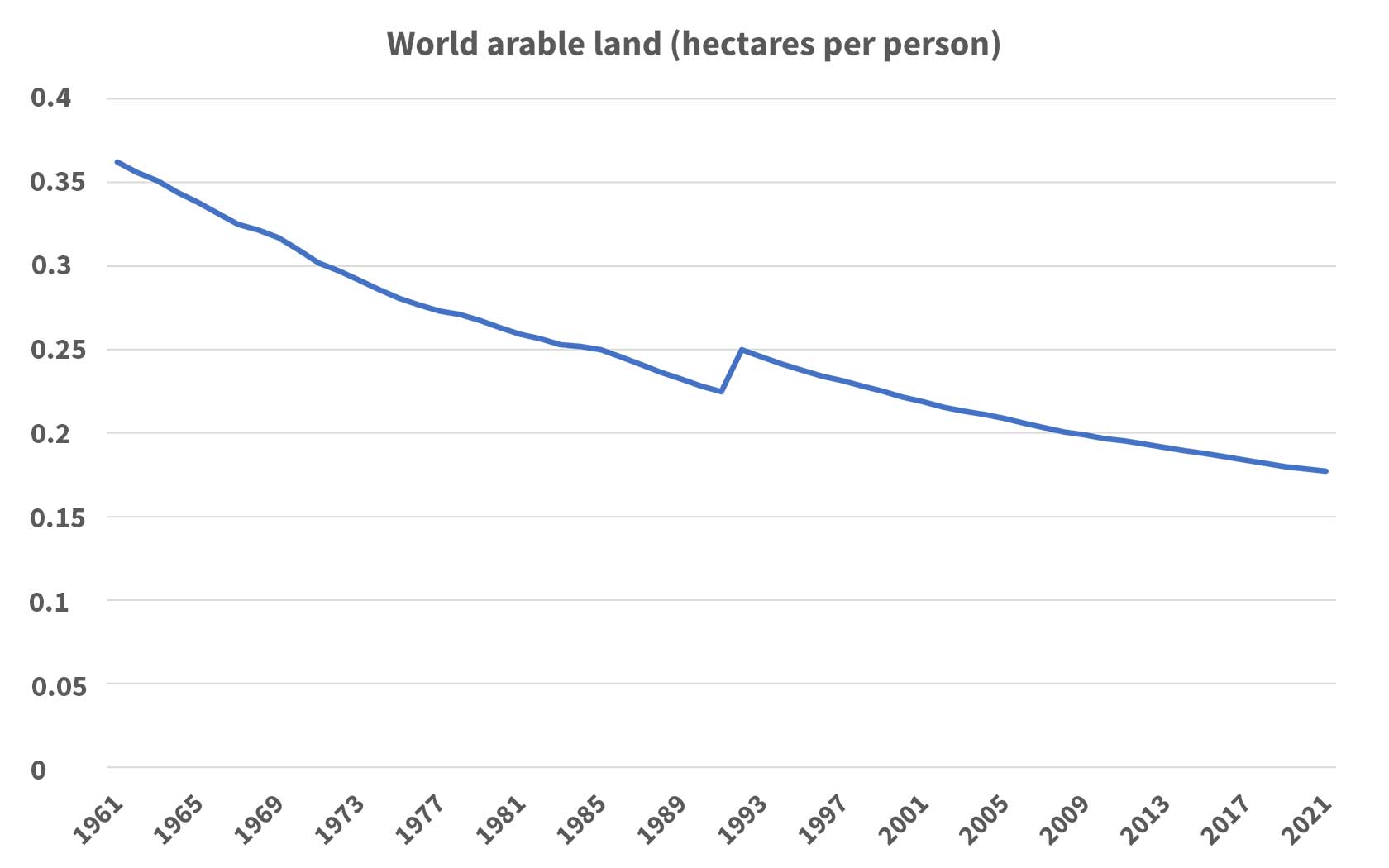
While the amount of agricultural land available is decreasing in many places, some countries are seeing an expansion of arable land as a result of forest clearance, for example. The reason behind this is to increase production of high-demand products, such as soy and palm oil. This is a very worrying development from an ecological and climatic perspective, as it involves a reduction in natural CO2 storage and biodiversity. One way to combat this travesty is with organic farming, which both increases CO2 storage and biodiversity and is very widely accepted by consumers. However, since the acreage yields of organic farming are too low, it must be supplemented with new and sustainable methods. An effective way to mitigate the reduction in biodiversity and improve the security of food supplies is to increase the acreage yields of crops.
The carbon content of arable land has an enormous impact on its fertility. Is this the key to increasing yield?

The carbon factor
Just as climate change is a challenge for the world's food security it also poses a threat to food production. Water shortages are expected to increase in Central and Eastern Europe, as well as Germany, especially in the summer months. The increased water shortages greatly impact crop yields, requiring artificial irrigation to compensate for the lack of water. Moreover, extreme weather events such as heavy rain, hail, or mild winters that cause late frosts can cause crop failures.
Against this background, knowing the soil's carbon content is critical. Soils are the largest terrestrial carbon sinks. Their organic matter determines how well they can sequester carbon; after all, together with forests and oceans, they are among the most important global sinks of CO2. The carbon content of soil not only provides information about its impact on the environment but also has a significant influence on its fertility. This is why many research projects have been launched to calculate the quantity of carbon sequestered by agricultural land for the purpose of deriving measures for its cultivation.
Professor Bernd Honermeier, former Head of the Department of Crop Production at Justus Liebig University Giessen from 1998 to 2020, is an expert in this area. In a continuous field trial, he and his colleagues research, how the use of different fertilizers and forms of cultivation can affect the carbon content of the soil and, thus, crop yields in the long-term.

One finding of his research is that the type of tillage also has a critical influence on water retention and carbon accumulation. “Whereas cultivation that disturbs the soil by loosening and turning it too vigorously can result in more water losses,” explains Professor Honermeier, “it is possible to preserve the water balance by practicing conservation agriculture. In this context, conservation means loosening the soil less frequently and adding more plant residues throughout the year by mulching to ensure that oxygen input, water infiltration and soil erosion are kept to a minimum.”
Read More
Do you want to know more about the research project, the results and how Professor Honermeier's research team used elemental analysis to determine the carbon and nitrogen content of soils and the biomass of crops? Then register for our newsletter to be informed when the next article of this article series will be published.
UPDATE: You can now find the next article in this series here.
You don't want to wait for the next article? Download our latest Elements magazine to read the whole article series now.
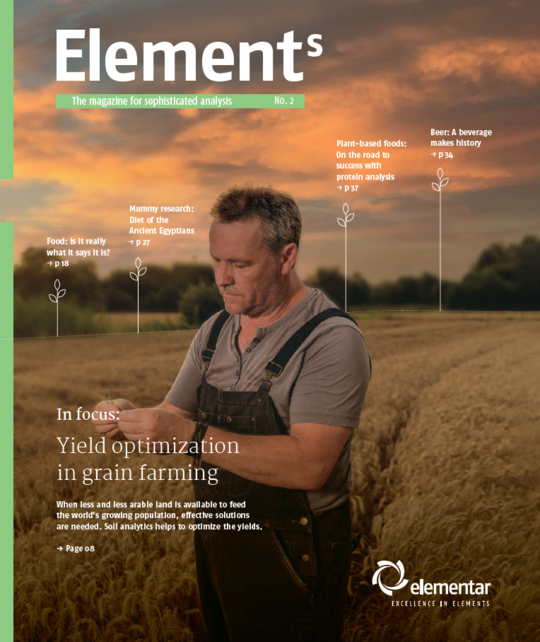
DOWNLOAD YOUR COPY
Fill in the form to receive your download link per e-mail.
Your contractual consideration for the free provision of the download is the subscription to our personalized newsletter. By clicking on the “download now” button, you therefore declare your acceptance of the receipt of personalized newsletters by e-mail by Elementar Australia Pty Ltd and its group companies as well as the evaluation of your user behavior in this regard and - if available - the merging of this data with your data in our customer database.
In order to receive newsletters from our group companies it is necessary to transfer your above-mentioned personal data to these companies. The data transfer is contractually required.
You are aware that the subscription to our personalized newsletter represents the contractual consideration that you provide for the free provision of the download. You can unsubscribe from the newsletter at any time with effect for the future. You can object to the future use of your data for advertising purposes at any time. For further information, please refer to our privacy policy.
Do not miss any new articles
NEWSLETTER
We will constantly publish new blog articles. Register for our newsletter to stay up-to-date and get informed about latest blog articles, news and trends.

